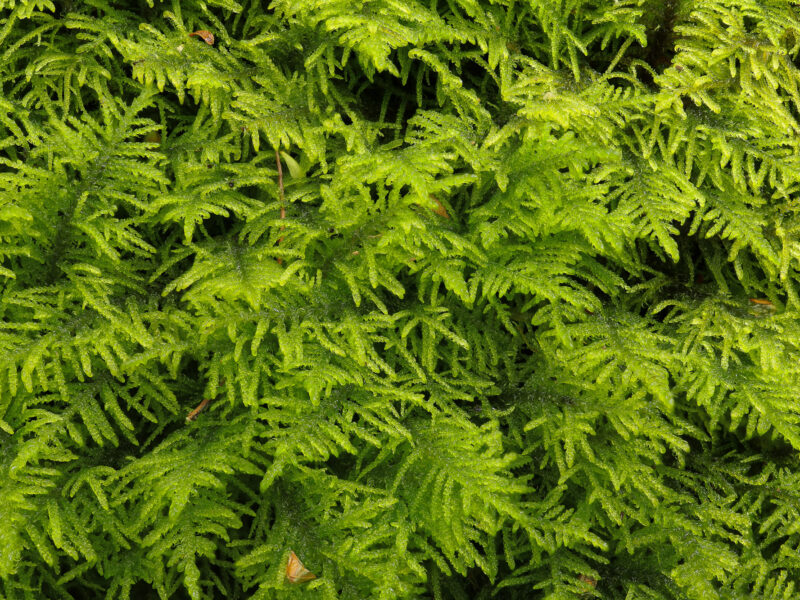Identification notes
This large hook-moss is surprisingly variable in habit, although not habitat. It is a characteristic species of strongly basic and often stony flushes and fens. For the field bryologist, its stand-out field character (other than habitat of course) is its strongly pleated leaves. This places it in a small but select group of lookalikes and rules out others which do not have pleated leaves. Confusion is therefore only likely with Sanionia species, which rarely grow in wet habitats, Hamatocaulis vernicosus, a smaller, reddish species with more weakly pleated leaves, and the two other species of Palustriella.
It is a member of a small but distinctive community of bryophytes which have similar habitat preferences, for example Bryum pseudotriquetrum, Campylium stellatum and Scorpidium cossonii. It does sometimes grow with Palustriella commutata, which has a strikingly different growth form, but more often the two species grow in different places, or in, for example, different parts of the same flush or fen system.
Read the Field Guide account









